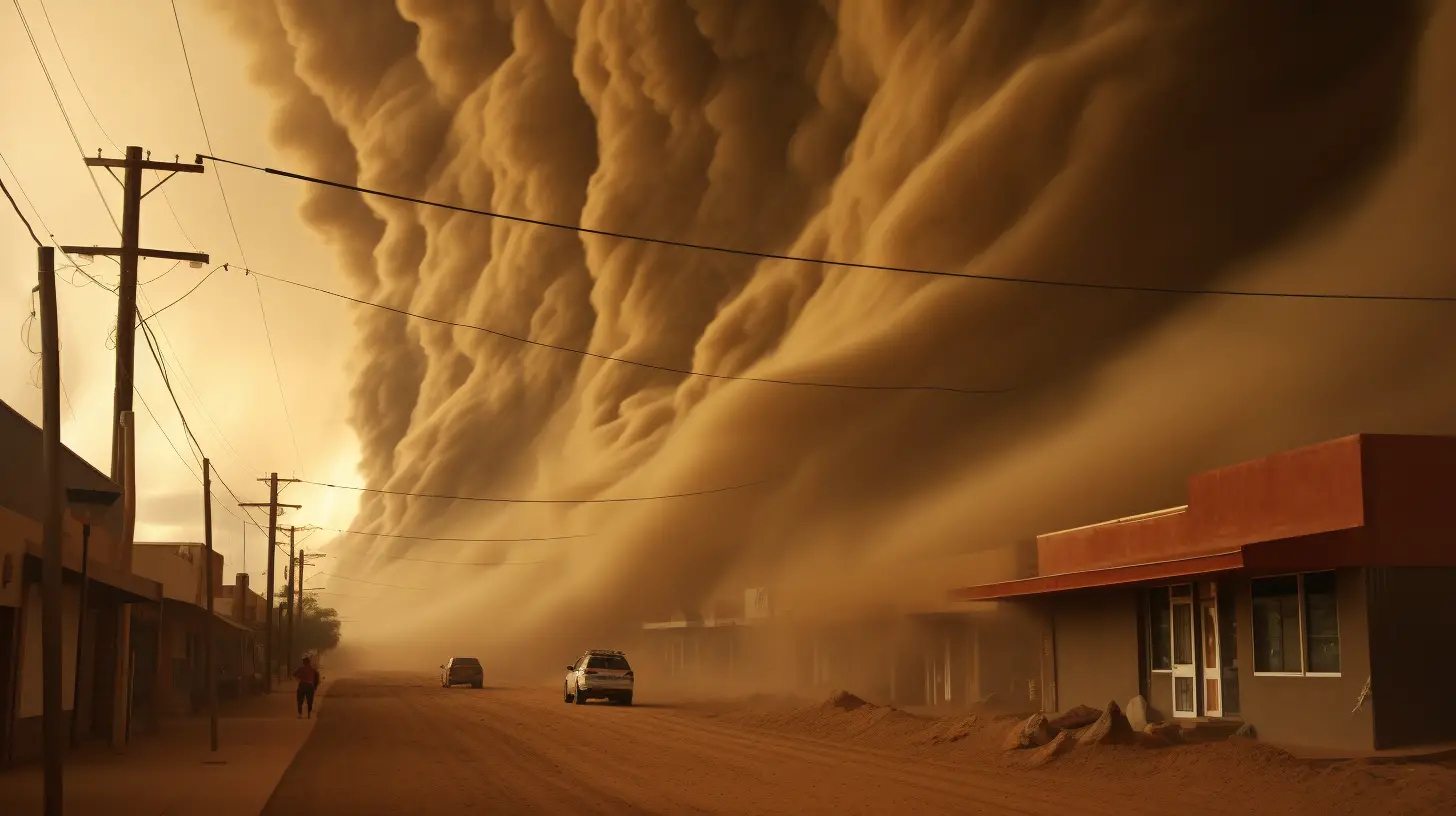Thunderstorms, often associated with powerful displays of nature’s might, are atmospheric phenomena that captivate us with their fury, grandeur, and beauty. They play a significant role in the Earth’s weather systems, redistributing heat and energy around the planet.
This article explores 25 interesting facts about thunderstorms, providing a fascinating look into why these climatic events occur.
1. Definition: A thunderstorm, also known as an electrical storm, is characterized by the presence of thunder and lightning. It typically involves heavy rainfall, gusty winds, and occasionally, hail.
2. Formation: Thunderstorms form in conditions where the atmosphere is unstable, typically when warm, moist air rises, cools, and condenses to form cumulonimbus clouds.
3. Three Stages: Each thunderstorm undergoes three stages: the cumulus stage (updrafts dominate), the mature stage (updrafts and downdrafts exist together), and the dissipating stage (downdrafts dominate).
4. Global Frequency: Approximately 1,800 thunderstorms occur worldwide at any given moment. That’s 16 million thunderstorms each year.
5. Lightning: Each thunderstorm produces lightning, which is a giant spark resulting from the movement of electrons between positive and negative areas within the storm.
6. Thunder: Thunder, the audible part of a thunderstorm, is caused by the rapid expansion and contraction of air surrounding a bolt of lightning due to rapid heating and cooling.
7. Temperature of Lightning: A lightning bolt can heat the surrounding air to 30,000 Kelvin, which is five times hotter than the sun’s surface.
8. Speed of Thunder: Sound travels at about 343 meters per second in air. So, you can calculate the distance of a thunderstorm by counting the time from the flash to the thunder sound. Every 3 seconds equates roughly to a distance of 1 kilometer.
9. Hail: Thunderstorms can produce hail when updrafts are strong enough to carry water droplets upwards into extremely cold areas of the storm, where they freeze and accumulate layers.
10. Superstorms: Some thunderstorms can evolve into severe storms called supercells. These storms have a persistent rotating updraft and can cause the most destructive weather phenomena, including large hail, high winds, and tornadoes.
READ MORE: 25 Interesting Facts About Dust Storms and Why They Happen
11. Tornadoes: Most tornadoes form from supercell thunderstorms. The United States sees the most tornadoes in the world, primarily in a region known as ‘Tornado Alley’.
12. Greatest Thunderstorm Activity: The place with the most thunderstorm activity is Lake Maracaibo in Venezuela, which experiences thunderstorms 140 to 160 nights a year, 10 hours per day, and up to 280 times per hour.
13. Global Distribution: Thunderstorms are most common in tropical and subtropical regions but can occur in temperate regions during the summer months.
14. Monsoon Thunderstorms: In parts of India and Southeast Asia, thunderstorms are a common part of the annual monsoon season, bringing much-needed rain after a dry period.
15. Mesoscale Convective Systems: These are large, circular, organized groups of storms that can last for hours. They are responsible for heavy rain, flooding, and even severe weather events like tornadoes and derecho winds.
16. Derechos: These are widespread, long-lived windstorms that are associated with a band of rapidly moving showers or thunderstorms. They can cause hurricane-like damage and power outages.
17. Rainfall Intensity: A typical thunderstorm drops about 14 million tons of water.
18. Storm Size: An average thunderstorm is about 15 miles in diameter and lasts for about 30 minutes, though severe storms can be much larger and longer-lasting.
19. Lightning Strike Victims: Around 2,000 people are killed worldwide by lightning each year. However, 90% of people struck by lightning survive.
20. Ionospheric Connection: Thunderstorms are connected to the ionosphere, the layer of the Earth’s atmosphere that’s about 60 kilometers to 1,000 kilometers above us, through the global electric circuit.
21. Sprites and Jets: Some thunderstorms can produce rare, short-lived phenomena known as sprites, elves, and jets. These are bright flashes that occur high above the clouds in the upper atmosphere.
22. Storm Chasing: Storm chasing is a practice where meteorologists and thrill-seekers follow thunderstorms and other severe weather phenomena to study or photograph them.
23. Thunderstorm Asthma: Some thunderstorms can trigger severe asthma attacks in susceptible individuals. This is due to the updrafts and downdrafts concentrating pollens and mold spores and then dispersing them over a wide area.
24. Weather Predictions: Predicting the precise location and timing of a thunderstorm remains a significant challenge for meteorologists due to the complexity of weather patterns and local atmospheric conditions.
25. Climate Change Impact: Scientists predict that thunderstorms could become more intense due to climate change, as warmer air can hold more water vapor, leading to more extreme rain and hail.
Thunderstorms, while potentially destructive, are essential components of our global climate system. They play a vital role in the Earth’s water cycle, moving water from the Earth’s surface to the atmosphere and back again. Their fascinating complexity continues to inspire scientific research, as we strive to better understand and predict these powerful atmospheric phenomena. As we delve deeper into the secrets of these storms, we are reminded of the immense power and mystery of the natural world.



